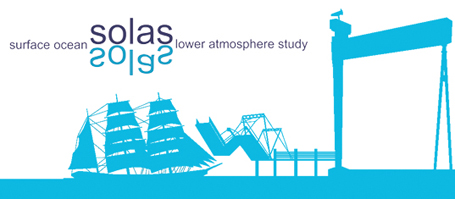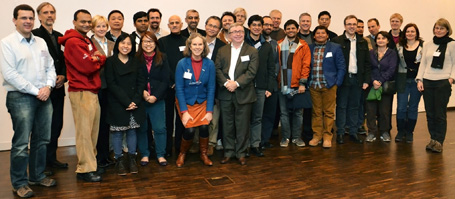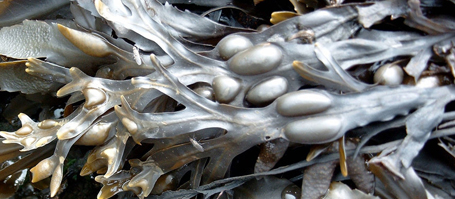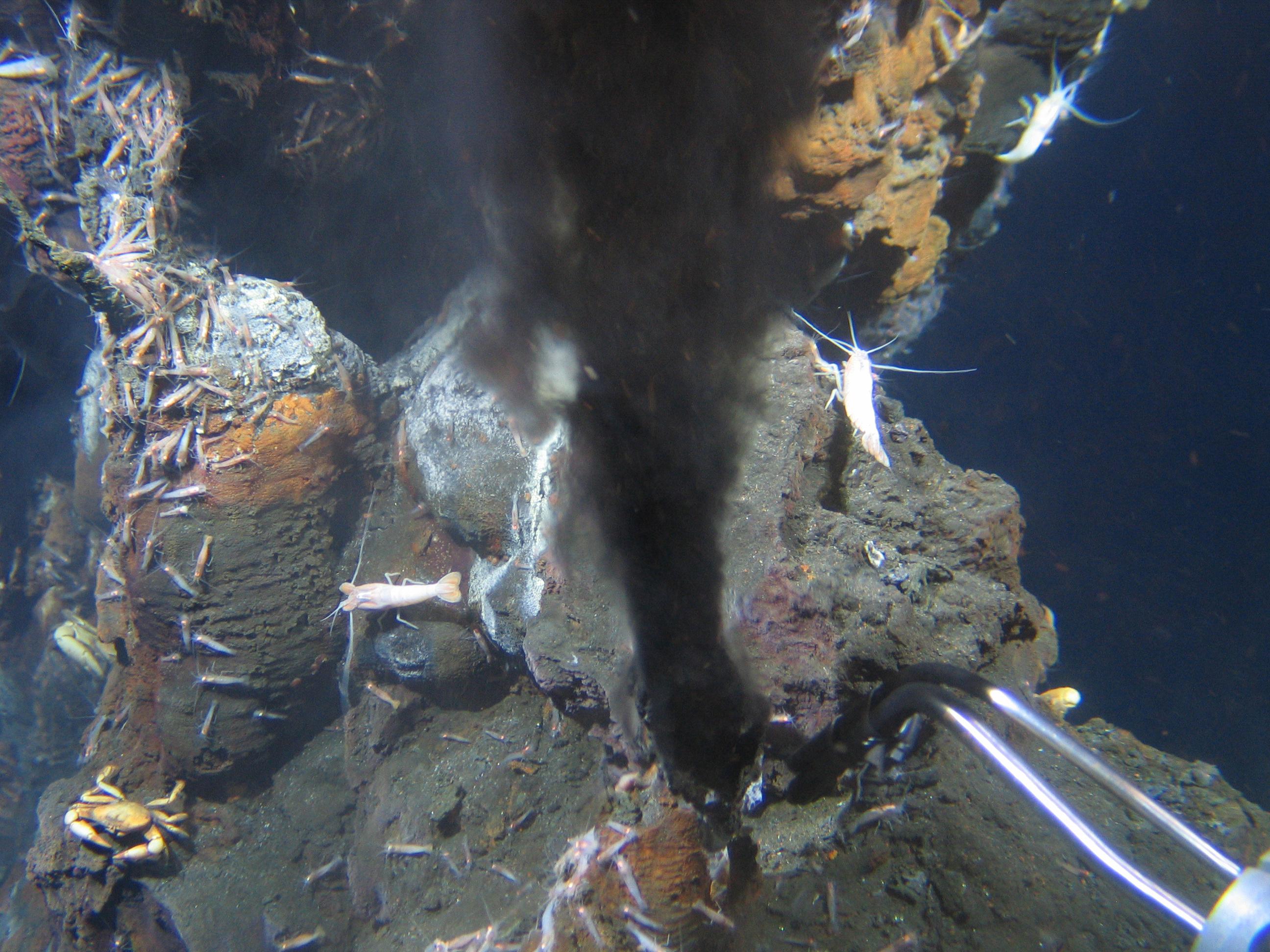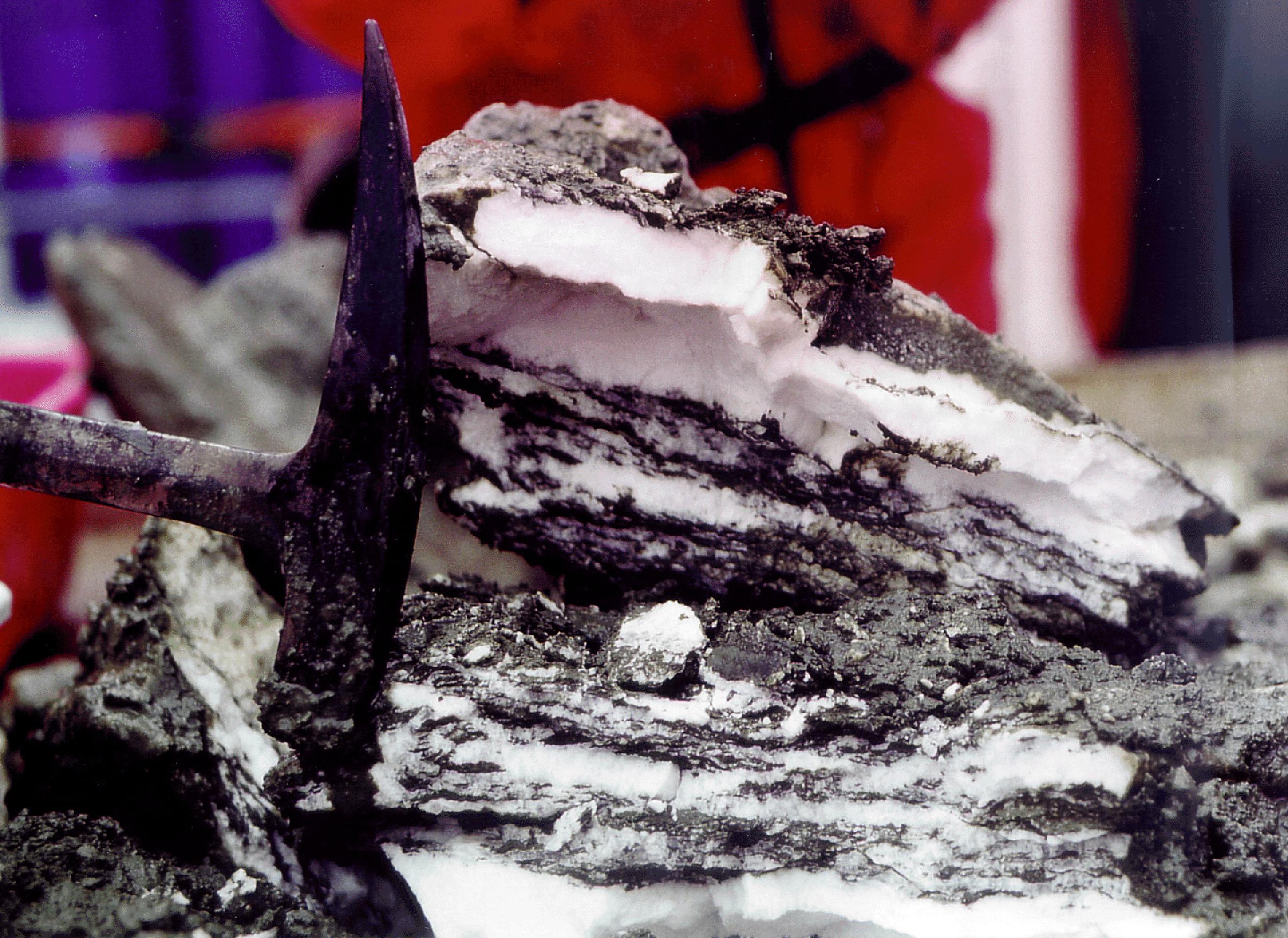The raw material deposits at the bottom of the oceans are coming more and more into the focus of interest. But when will mining become economically feasible? Which environmental risks must be considered? And who then may claim the deposits located in international waters?
The “World Ocean Review 3 - Raw materials from the Sea - Opportunities and Risks” (WOR 3), published by the non-profit organization maribus gGmbH with the support of the magazine mare, the International Ocean Institute (IOI) and the Cluster of Excellence “The Future Ocean”, describes in detail the known metal and energy commodities in the oceans and illuminates in a scientifically sound and for the layman comprehensible manner the opportunities and risks of mining operations and the use of raw materials in the sea. The new report provides facts about the amount of known oil and gas reserves and the solid gas hydrate deposits below the seafloor. Furthermore, it elaborates on the potential of mineral resources such as manganese nodules, cobalt crusts and massive sulfides. In addition, the report focuses on the responsibility of the international community for environmentally sound exploitation and the international legal challenge for socially just distribution of resources in international waters.
“The use of the oceans will increase in the future. In order to have environmentally sustainable resource extraction from the sea and from the coastal areas, all stakeholders must work together on achieving sustainable solutions,” says Martin Visbeck from GEOMAR Helmholtz Centre for Ocean Research Kiel and speaker of the Cluster of Excellence “The Future Ocean”.
In contrast to rapidly renewable resources, such as fish or shellfish, mineral and energy resources are formed only over the course of many millions of years. There is a finite amount of resources that can be extracted only with great technical effort.
“When huge business opportunities lurk beyond our perception, there is a risk not only to the environment but also to basic human rights and social justice. In particular, large corporations - which have produced oil in West Africa for many years - saw no need in the past to protect nature or to give the local population a fair shot at participating in the oil-related revenues,” says Nicholas Gelpke, publisher of mare and founder of maribus gGmbH.
Background Information
The maribus gGmbH was founded by mare publisher Nikolaus Gelpke in 2008. It serves as a non-profit organization with the objective of raising public awareness of marine scientific relationships and contributing to a more effective marine conservation campaign. Already the first maribus publication, the “World Ocean Review 1” (WOR 1), succeeded in delivering a comprehensive and unique report that showed the state of the oceans and the relationships between the ocean and the ecological, economic and socio-political conditions. To date, approximately 70,000 copies of this overview in German and English were in demand worldwide.
The third maribus publication, “Raw materials from the Sea - Opportunities and Risks”, has continued the cooperation with the partners of the WOR who represent years of commitment to the oceans and top-level academic standards:
- the International Ocean Institute (IOI), founded in 1972 by Elisabeth Mann Borgese,
- the Cluster of Excellence “The Future Ocean”, an association of more than 200 scientists from different disciplines, supported by Kiel University, the GEOMAR Helmholtz Centre for Ocean Research Kiel, the Kiel Institute for the World Economy, and the Muthesius Academy of Fine Arts and Design, and funded by federal and state governments within the framework of the Excellence Initiative of the German Research Foundation (DFG), and
- mare - The Magazine of the Sea
The “World Ocean Review 3” has a circulation of 45,000 copies (in German/English). The publication is not sold but distributed free of charge, without any profit-making objectives. In addition to the German version, an English edition will be available soon. The entire publication is published simultaneously on the Internet under www.worldoceanreview.com.
“World Ocean Review 3 - Raw materials from the Sea - Opportunities and Risks”, ed. maribus gGmbH, Hamburg, 2014, 164 pages, with numerous illustrations and photographs, paperback.
Links:
www.worldoceanreview.com
www.mare.de
www.futureocean.org
www.geomar.de
Contact and sample copies:
Friederike Balzereit, Christian-Albrechts University of Kiel, Cluster of Excellence »The Future Ocean«, Public Relations
Phone: 0049-431-880-3032
fbalzereit@uv.uni-kiel.de
Stephanie Haack, maribus gGmbH, Media & Public Relations,
Phone: 0049-40-368076-22
haack@maribus.com
…
Press material
Foto/Copyright: ROV KIEL 6000; GEOMAR Helmholtz-Zentrum für Ozeanforschung Kiel. Kontakt: presse@geomar.de; +49(0)431/600-2802
Foto/Copyright: GEOMAR Helmholtz-Zentrum für Ozeanforschung Kiel. Kontakt: presse@geomar.de; +49(0)431/600-2802

